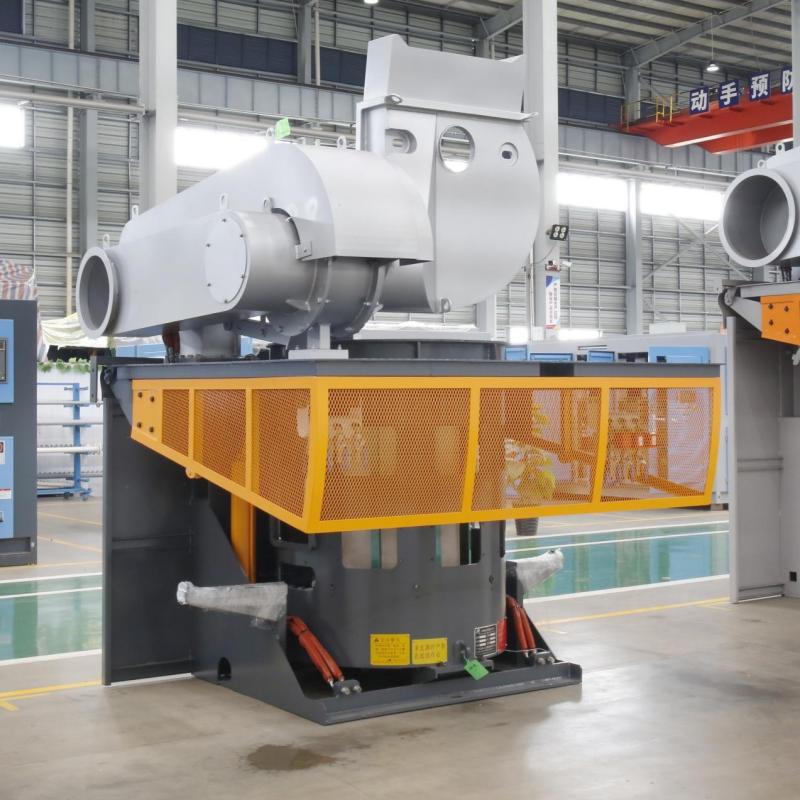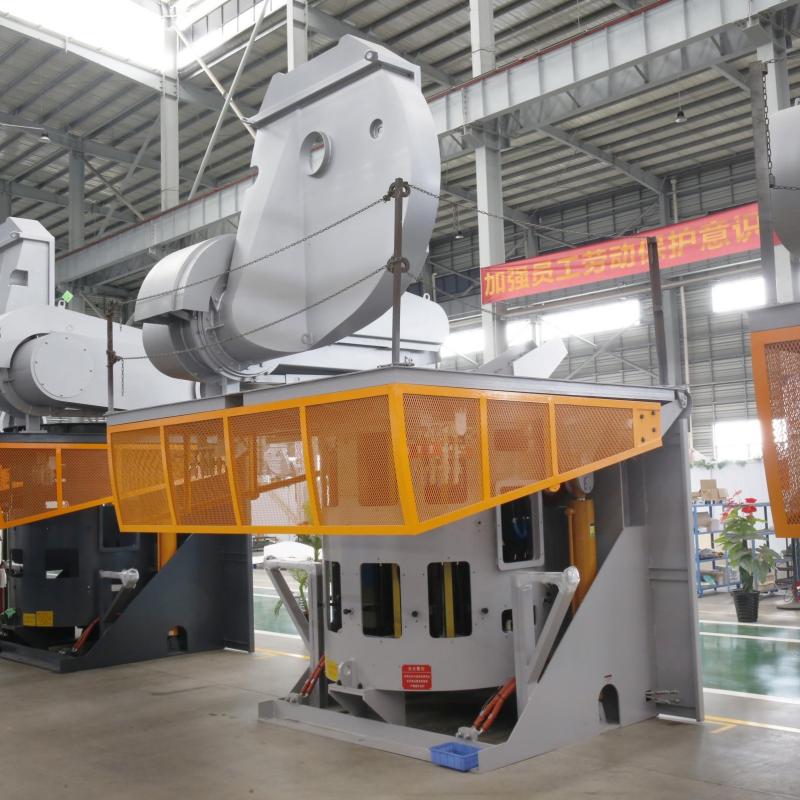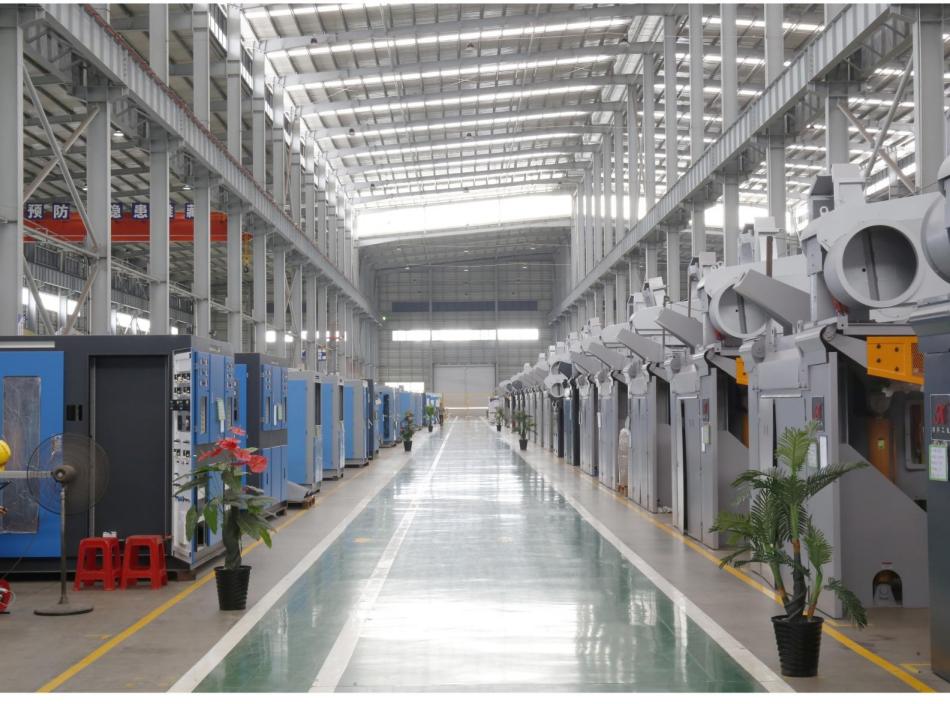
How to Effective Induction Heating System Design: Best Practices & Techniques
Induction heating is overturning the metal forming industry by providing a rapid, accurate and energy-effective heating process. Essentially, induction heating involves the use of electromagnetic induction to heat metals to a high rate, and in forging, brazing, soldering, melting and heat treatment processes. An induction heating system design is a complex design involving the coil used, the power supply and other factors that make up the overall induction heating system as well as the various parts that make up the entire system to make it the most cost-effective as possible.
What is Induction Heating?
Induction heating is an application of heating through the use of an electromagnetic field whereby the material, especially metal is heated through eddy currents. Lithography is regarded as one of the most effective and easily controllable techniques suitable for intensive use in industries.
The Science behind Electromagnetic Induction
In an induction heating system, an AC is passed through a heating coil which in turn produces a magnetic field. When a metal object is introduced to this field, it induces eddy currents on the metal hence producing heat. This method of heating means that the researcher does not come into direct contact with the sample to be tested, as well as avoiding contamination of the sample by the researcher.
Components of an Induction Heating System
Induction Heating Coil Design
Indeed, research shows that the coil is one of the most important parts of the induction heating process. Size and material shape as well as its size influence the heating efficiency and the ability to transfer energy. Finally, it has been realized that the coil design should conform both to the shape and size of the workpiece in order to provide uniform heat. Computer solutions, including finite element analysis (FEA) and computational fluid dynamics (CFD), enhance the strategy of the formation of coil practices in terms of the electromagnetic field and thermal profiles.
Power Supply Design
This power supply provides the correct high-frequency AC to the coil as required. When designing the power supply one has to consider the desired frequency that is essential for a particular material or in specific fields, such as metal forging or metal hardening. Presently, the configuration of inverters and transformers is used to regulate the amount of power and control heat production together with reducing the overall losses.
Control System Integration
In order to achieve accurate heating, a control system is incorporated into induction heating systems. This system controls temperature, cycles, and power all in real-time. In induction heating, therefore, such aspects as sensitivity and ability to be repeated are improved through the control strategies as seen in temper control applications such as tempering and annealing.
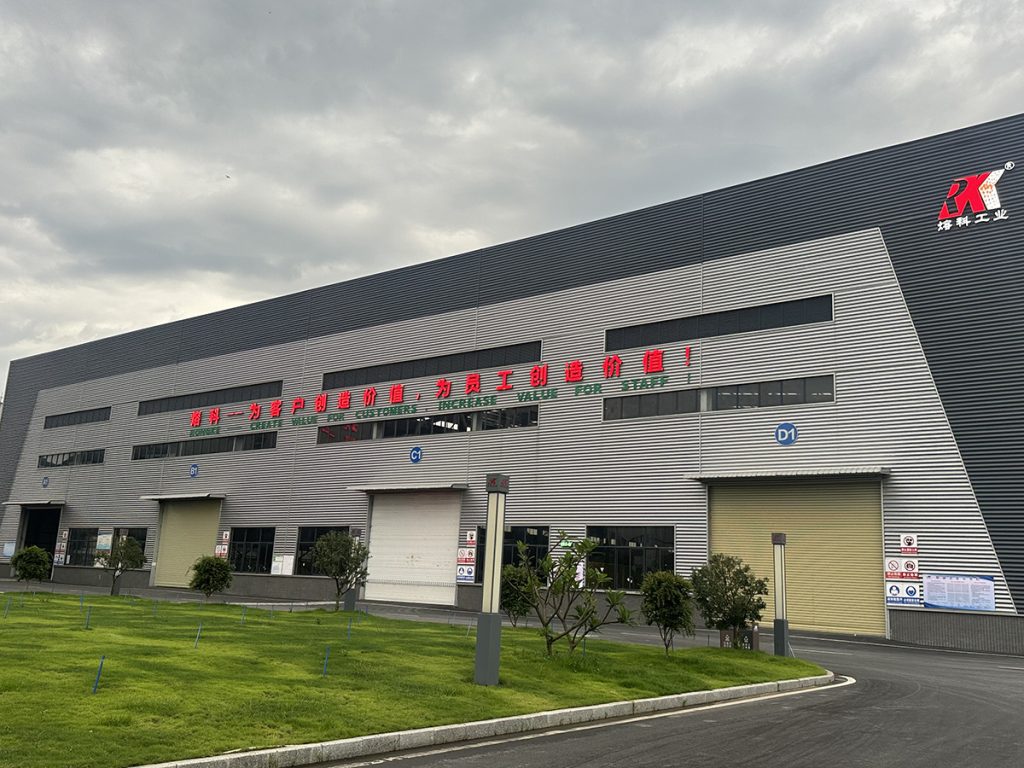
The Induction Heating Process: Methods and Applications
Methods of Induction Heating
• Surface Hardening: Perfect to form an abrasion-resistant layer.
• Brazing and Soldering: It ensures that very firm metal joints are made without putting much influence on the overall part.
• Melting: Used in metal refining such as gold processing in which process control is very important.
Both methods have different design parameters such as coils form and power controls. For example, induction heating used in brazing provides lower frequency variations in amplitude to heat deeper portions of large workpieces. High-frequency heating is more suitable for heating the surface layer of small parts for surface hardening.
Applications in Metalworking
Induction heating systems are applied strategically in automotive, aerospace, medical device and electronics industries where forging and tempering are important. Due to its high efficiency and low heat output. They are ideal for use in heat-sensitive products and components that only need to undergo heating processes at strictly controlled temperatures.
Advanced Design Considerations
The presence of temperature variations imposes thermal inductive fatigue in induction heating systems. Carrying out a thermal stress analysis would prevent parts of the system from getting fatigued by repetitive heating, therefore increasing reliability.
Optimization of Coil Geometry
It is worth saying that the geometry of the coil must be optimised to have a uniform distribution of temperature. FEA lets designers represent and analyze various shapes and positions of the coil and select the optimal solution for the particular use.
Power Supply Efficiency and Cost Management
To control the running expenses, designers have to design power supplies which are more economical than expensively produced ones. This means correctly sourcing the most suitable power electronic components to meet the required performance. All while using minimal energy, thus reducing long-term operating costs.
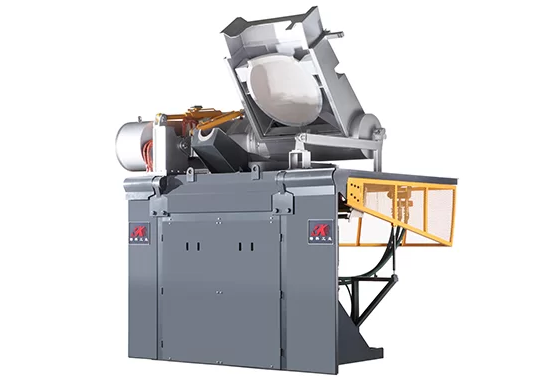
Future Trends in Induction Heating System Design
Innovative Coil Materials
Additional developments in coil material shall be expected and sought after in the perspectives of longevity and affordability. This is due to the design of new materials with high thermal conductivity and low electrical resistance. In order to improve the durability and energy transfer rate of the coil.
AI and Machine Learning in Induction Heating Control
AI can help predict new heating data. To analyze the current heating pattern and conduct real-time control, which can be applied to the self-regulation of the induction system. This is especially useful in large production companies that apply various heating cycles in the production process. Especially in large industries.
Sustainable Induction Heating
Hoping to make actual effects on environmental sustainability, manufacturers turning to recyclable materials as well as energy-saving ideas. It is noteworthy that the use of renewable sources of energy is developing currently in accordance with world trends.
Practical Tips for Designing Your Own Induction Heating System
• Start with Simulation: With software like Fast Fluent Estate and Computational Fluid Dynamics. Optimize designs that are not possible with physical prototypes.
• Optimize for Efficiency: There is a need to aim at developing an energy-power efficient system. It only takes a small change to the coil configuration or the frequency to effect a large saving in energy use.
• Invest in Quality Control Components: Effective feedback mechanisms enhance control of the process. Because they guarantee such systems to be within certain tolerances.
• Plan for Maintenance: Make sure your designs are ‘easy on the eyes’ when it comes to hardware components and the diagnostic interface.
Conclusion
Induction heating system design an efficient, reliable induction heating system involves many facets—coil and power supply design, thermal analysis, and control system integration. With tools like FEA and CFD, designers can optimize these systems for peak performance and durability. As industries evolve, innovations in induction heating continue to support sustainable, energy-efficient manufacturing processes. For a complete breakdown of our induction heating solutions and expert guidance, feel free to reach out through our website, Rongke, where we offer dedicated resources and tailored systems to meet your heating needs.


